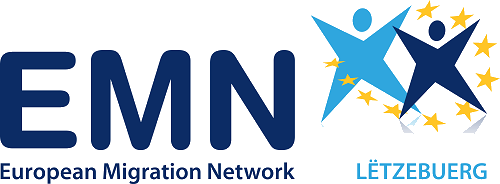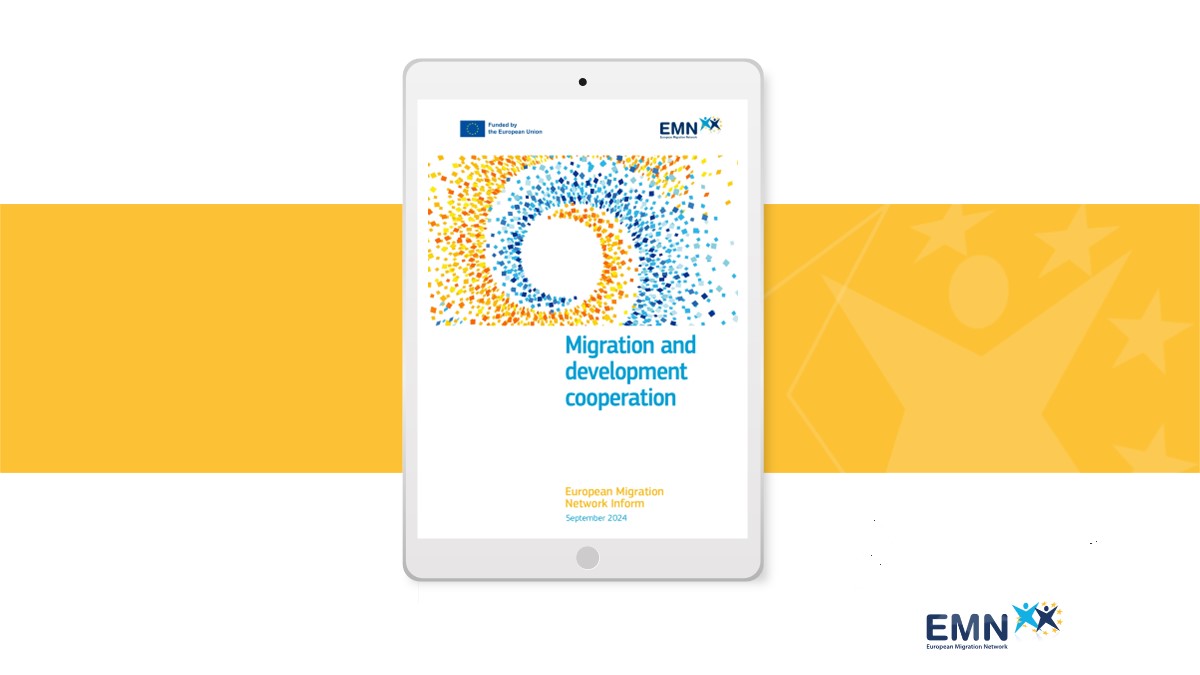European Migration Network (EMN) inform ‘Migration and development cooperation’ examines national initiatives in EMN Member Countries and Serbia that implement the migration-development nexus, at strategic and operational/programme level.
This inform provides a comprehensive overview of EMN Member Countries and Serbia’s approaches to the migration-development nexus at both strategic and operational levels. Some countries implement this nexus through dedicated strategies, while others incorporate it into broader development or migration strategies. For instance, Belgium, Germany, France, and Italy have specific strategies, while fifteen EMN Member Countries include migration-development links in their national development cooperation strategies, and ten do so in their national migration strategies. These approaches often focus on creating sustainable perspectives in countries of origin and destination to tackle the root causes of irregular migration, improving migration governance structures, fostering regular migration and skills mobility, voluntary return and sustainable reintegration, diaspora engagement, and raising awareness on the migration-development nexus. At operational level, programs implementing this nexus target diverse populations, such as displaced people, migrants, returnees, and local communities, and involve a wide range of partners, including international organizations, NGOs, local authorities, universities, and the private sector
The findings of the inform found that while most EMN Member Countries monitor the implementation of migration-development nexus initiatives through general mechanisms applicable to all development cooperation and/or migration initiatives, Austria, Belgium, Germany, France, and the Netherlands have dedicated mechanisms for monitoring and evaluating their contributions at operational and strategic levels.
Several aspects have been highlighted as good practices in addressing the migration-development nexus, including effective coordination among key stakeholders, the inclusion of migrants, diaspora populations, and partner countries in the design and implementation of relevant programmes, the development of specific strategic guidelines/action plans, and the creation of indicators to measure progress.
Despite these efforts, challenges remain, such as coordination difficulties, and access to funding.
French translation of the Inform was kindly provided by EMN France.

